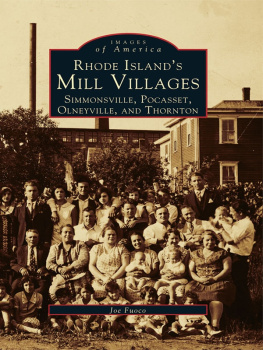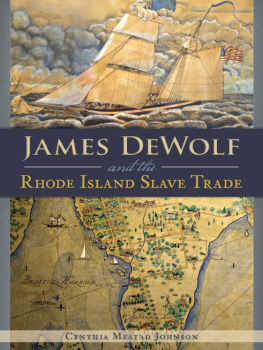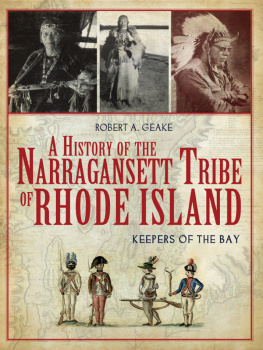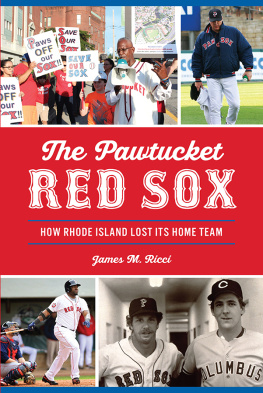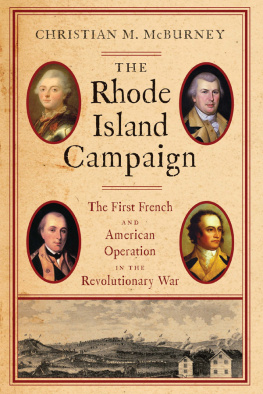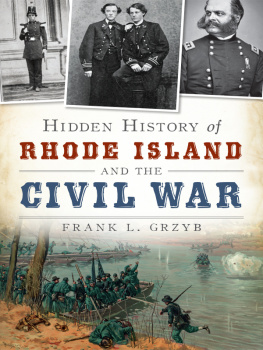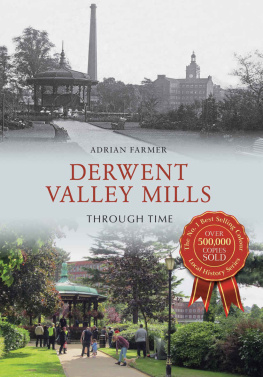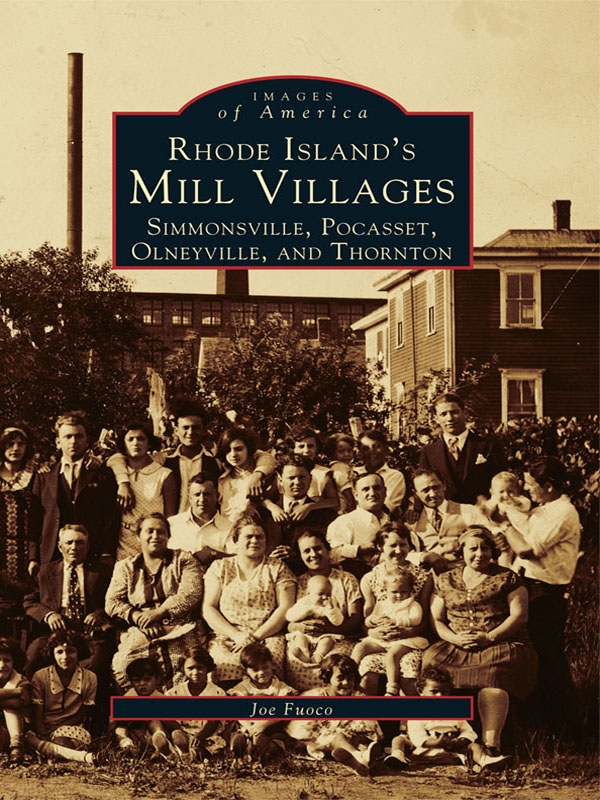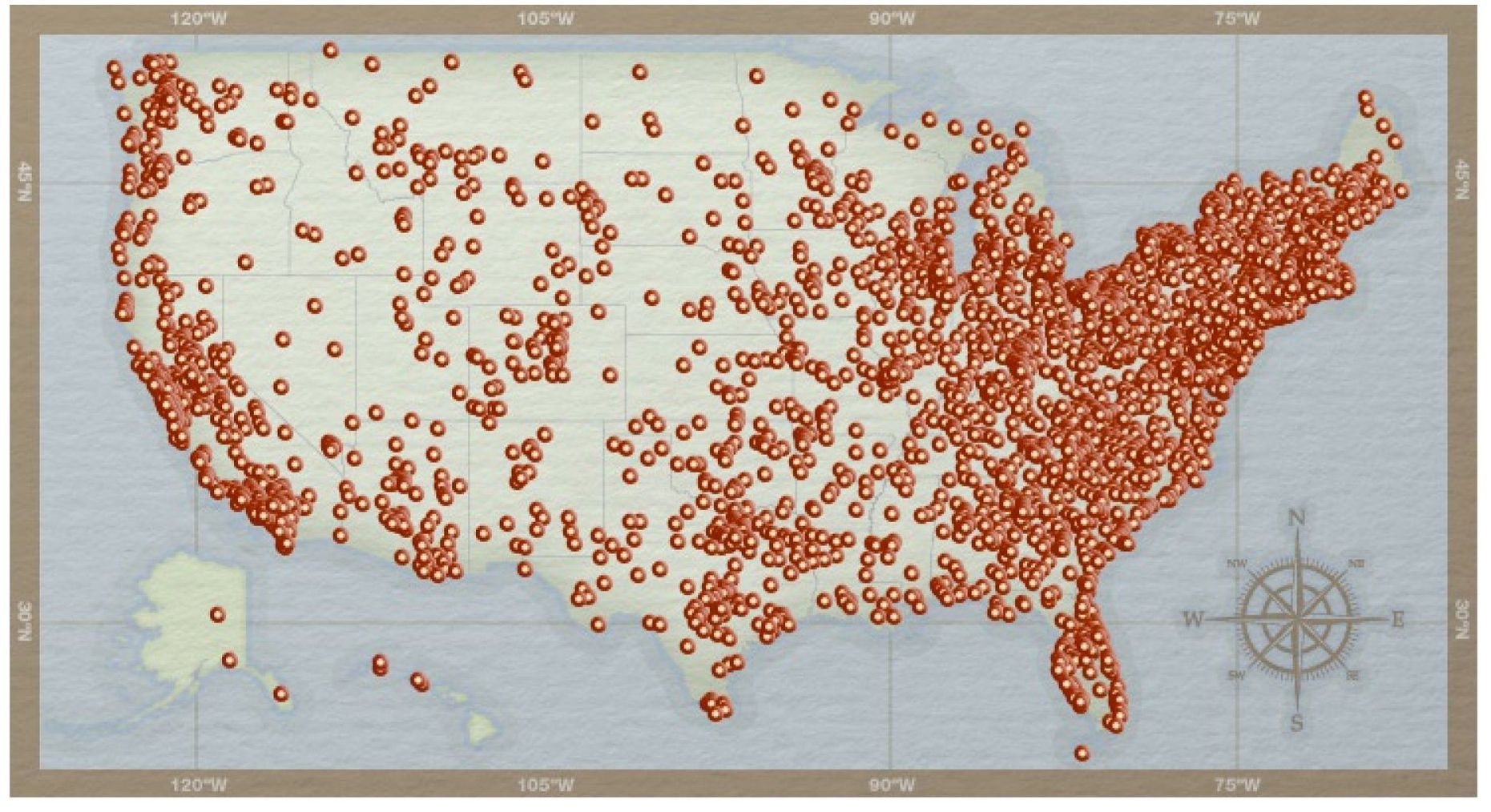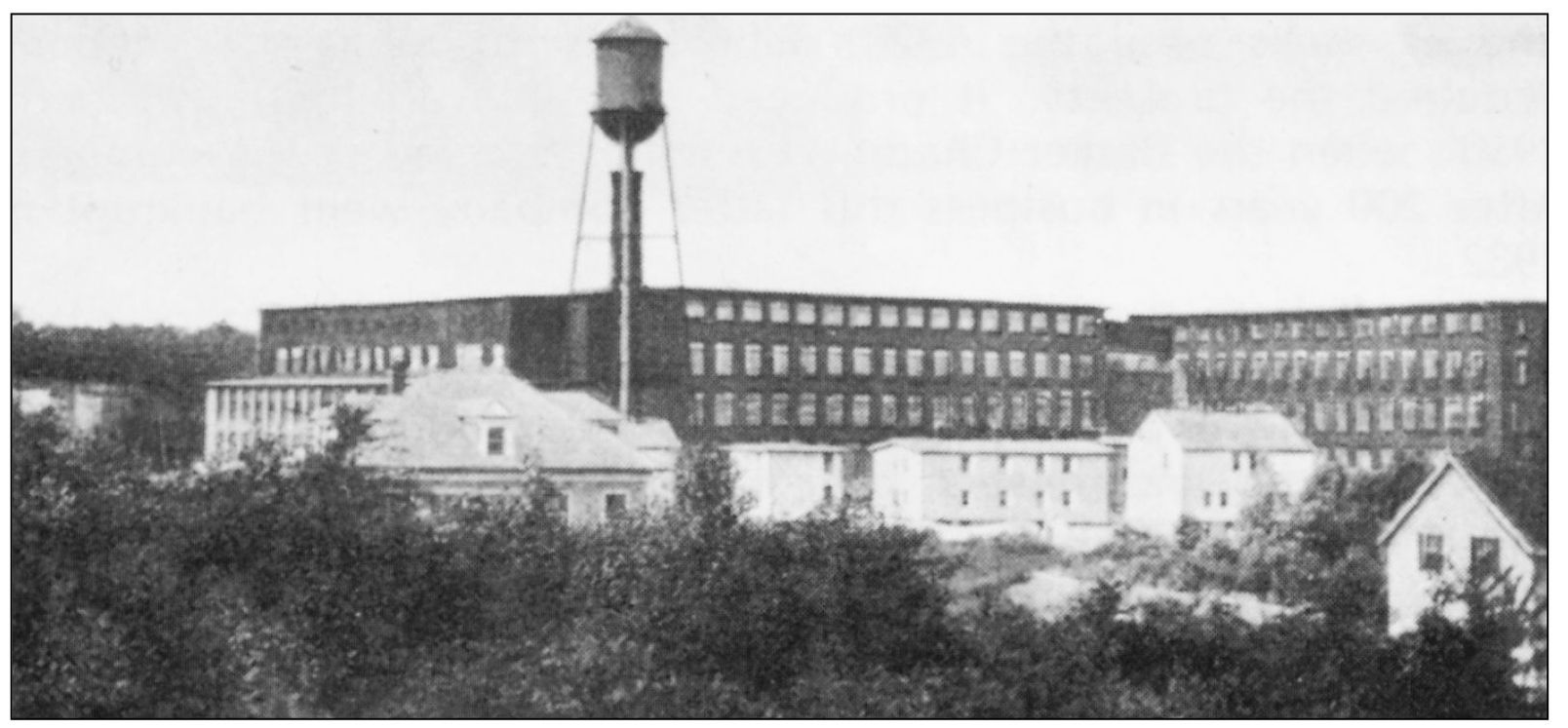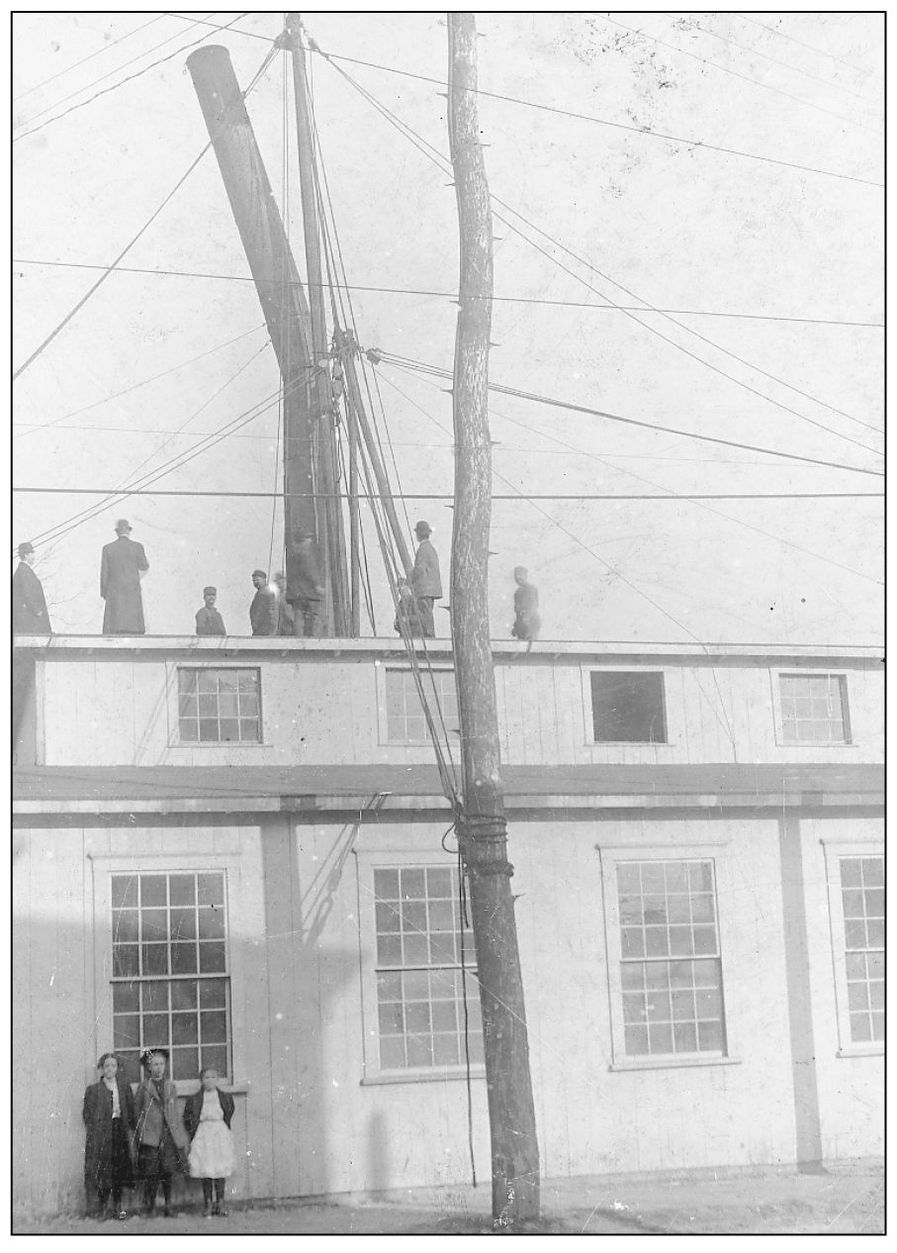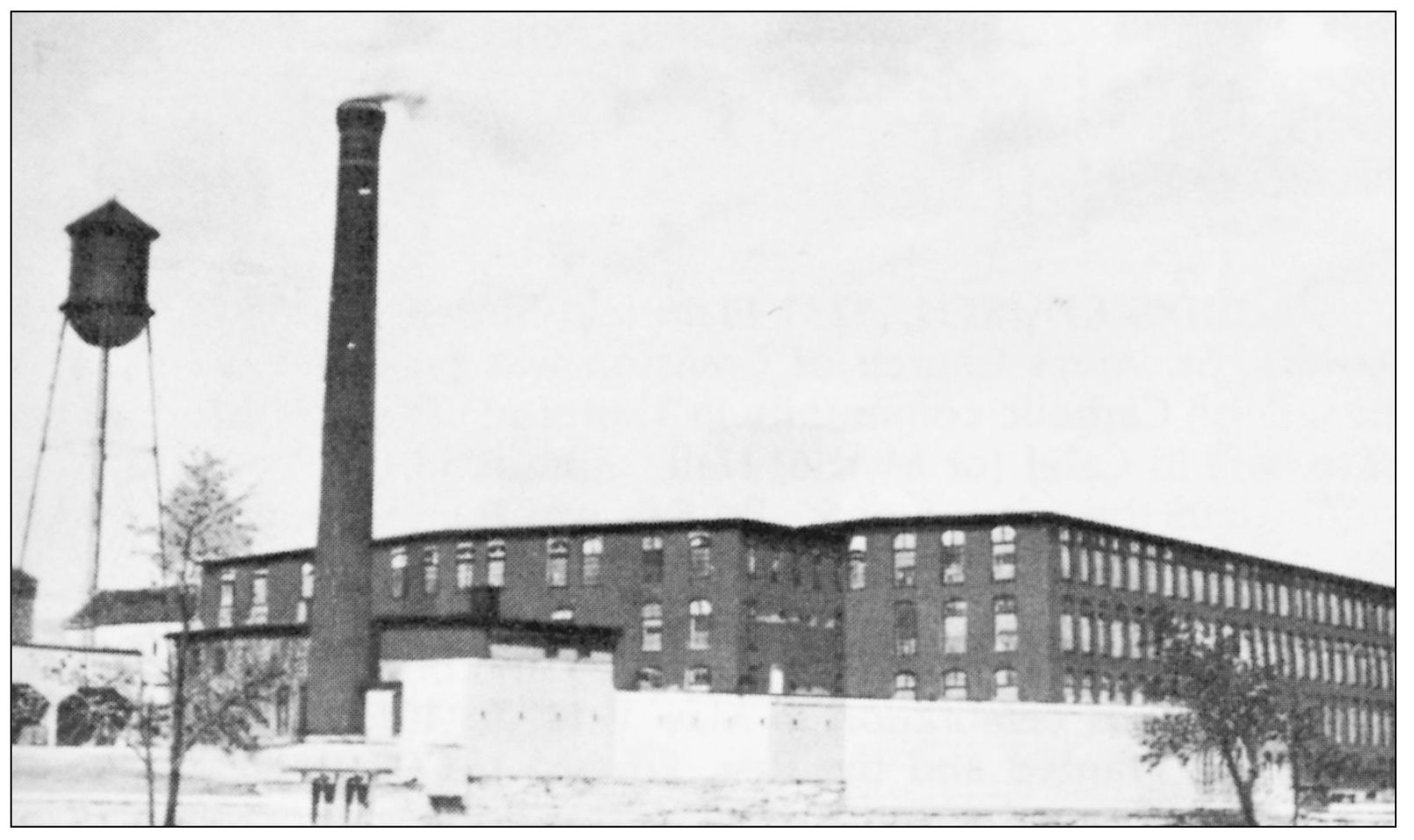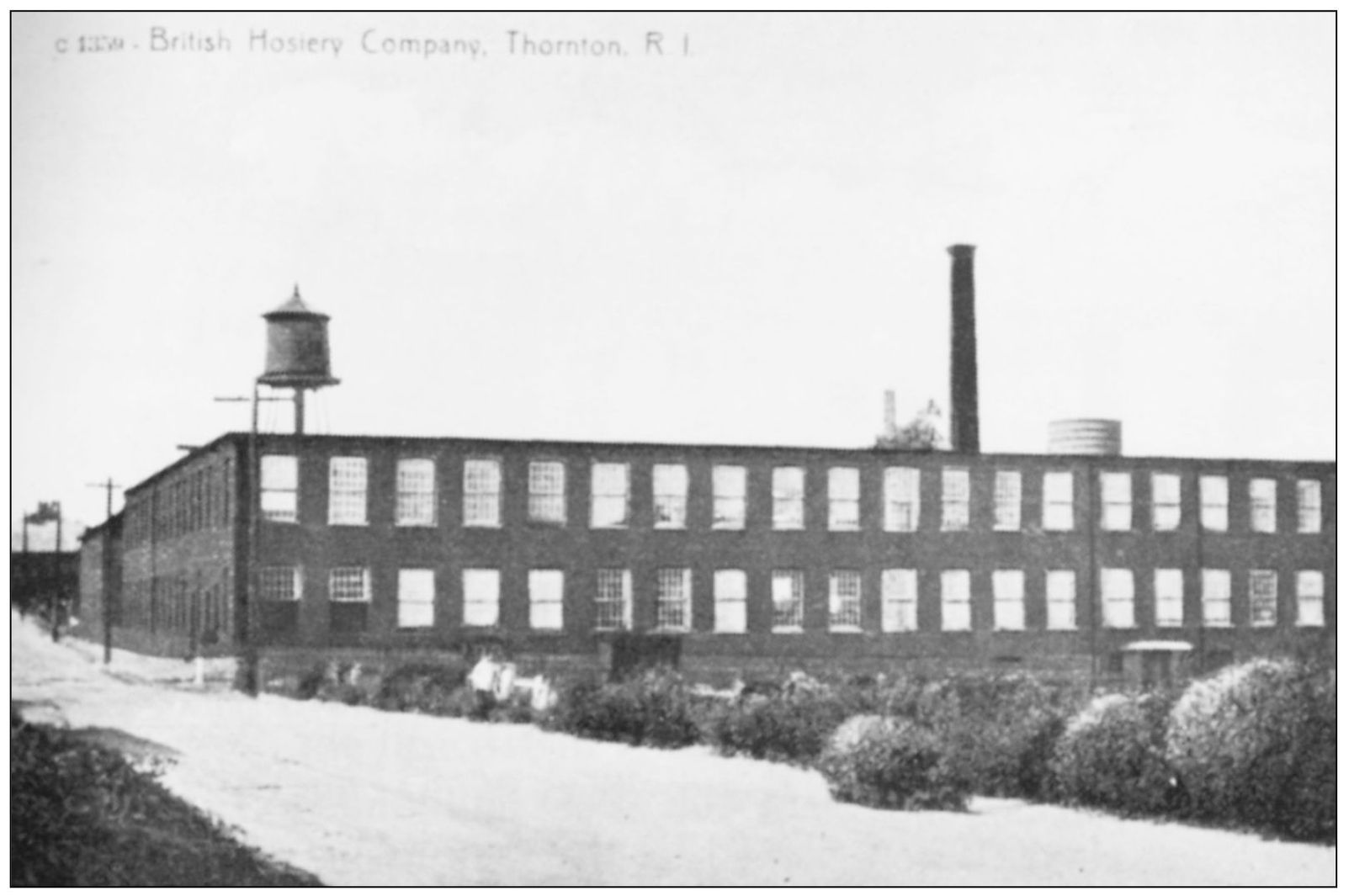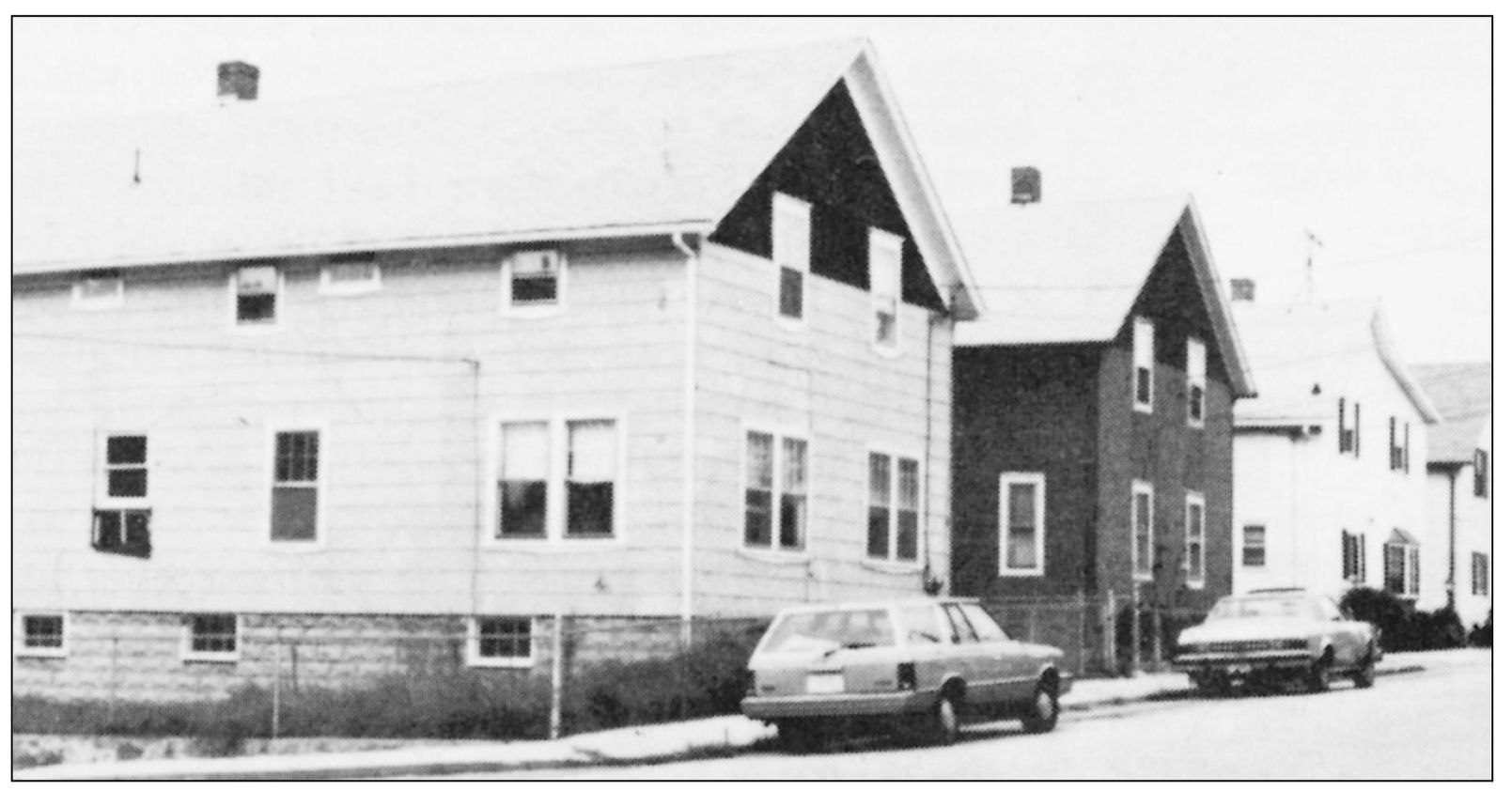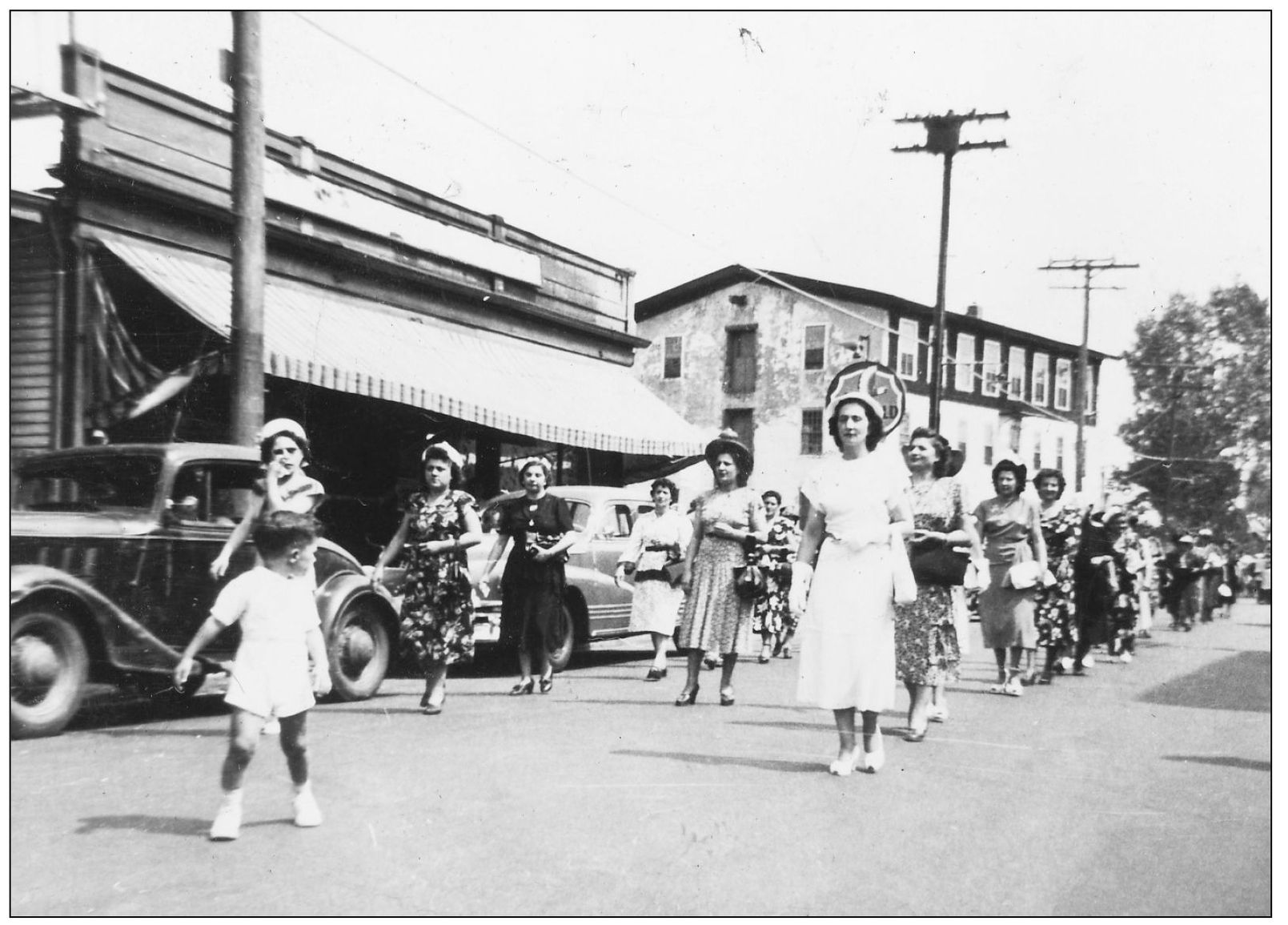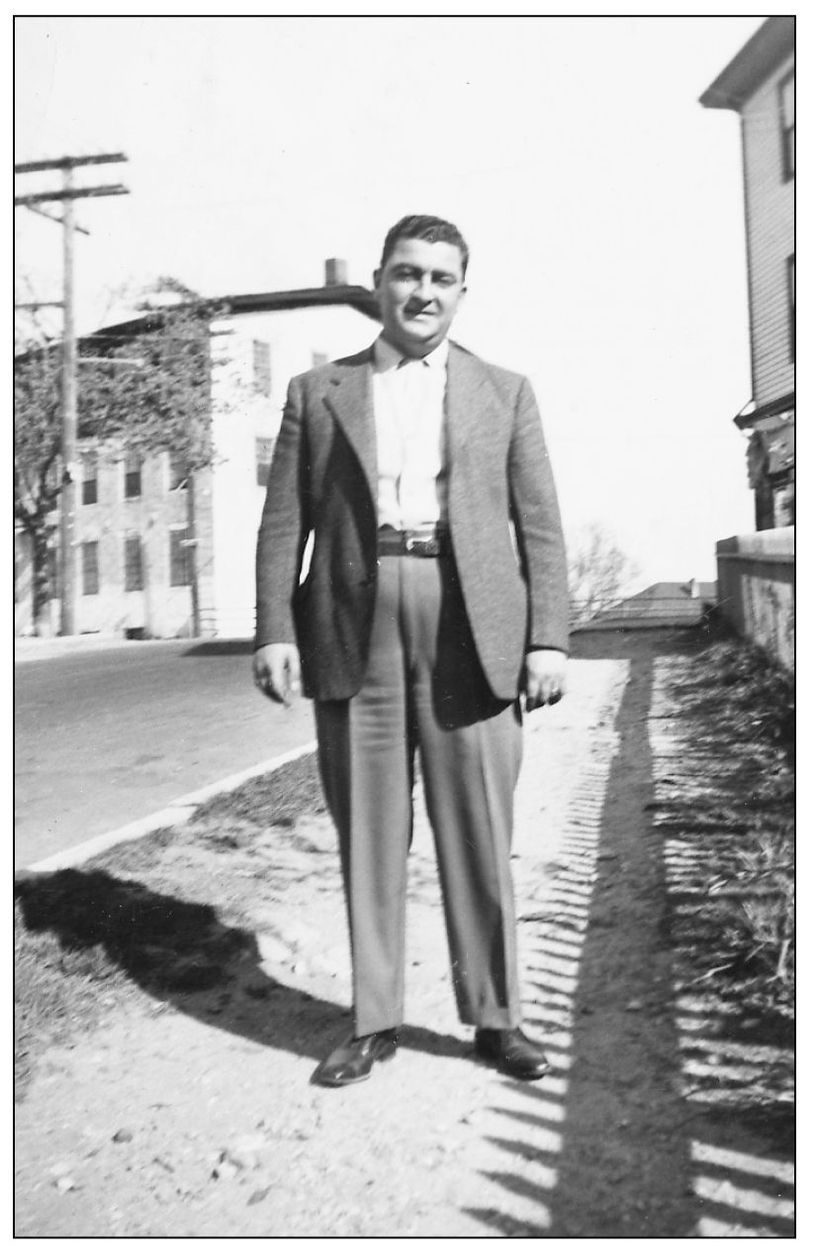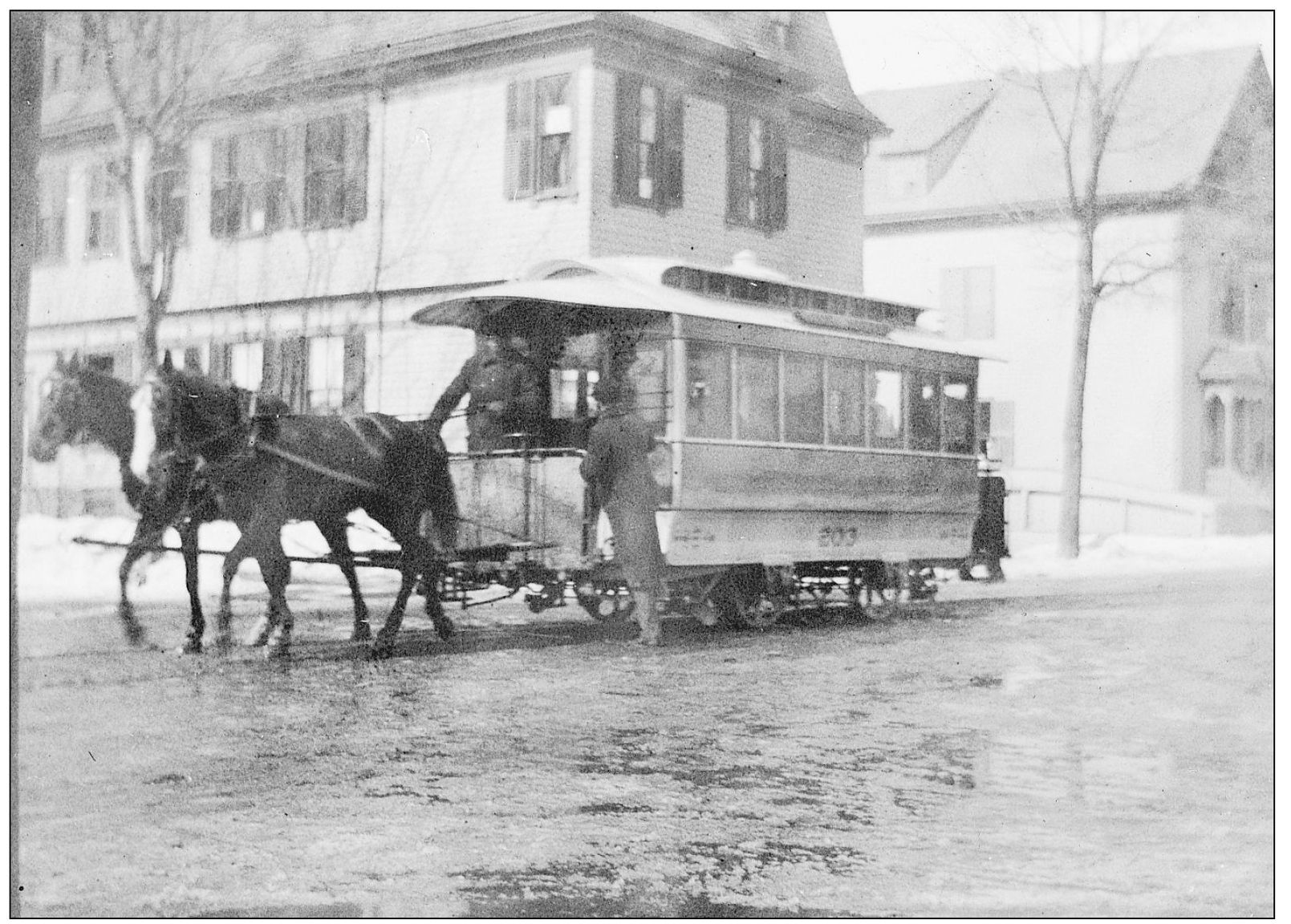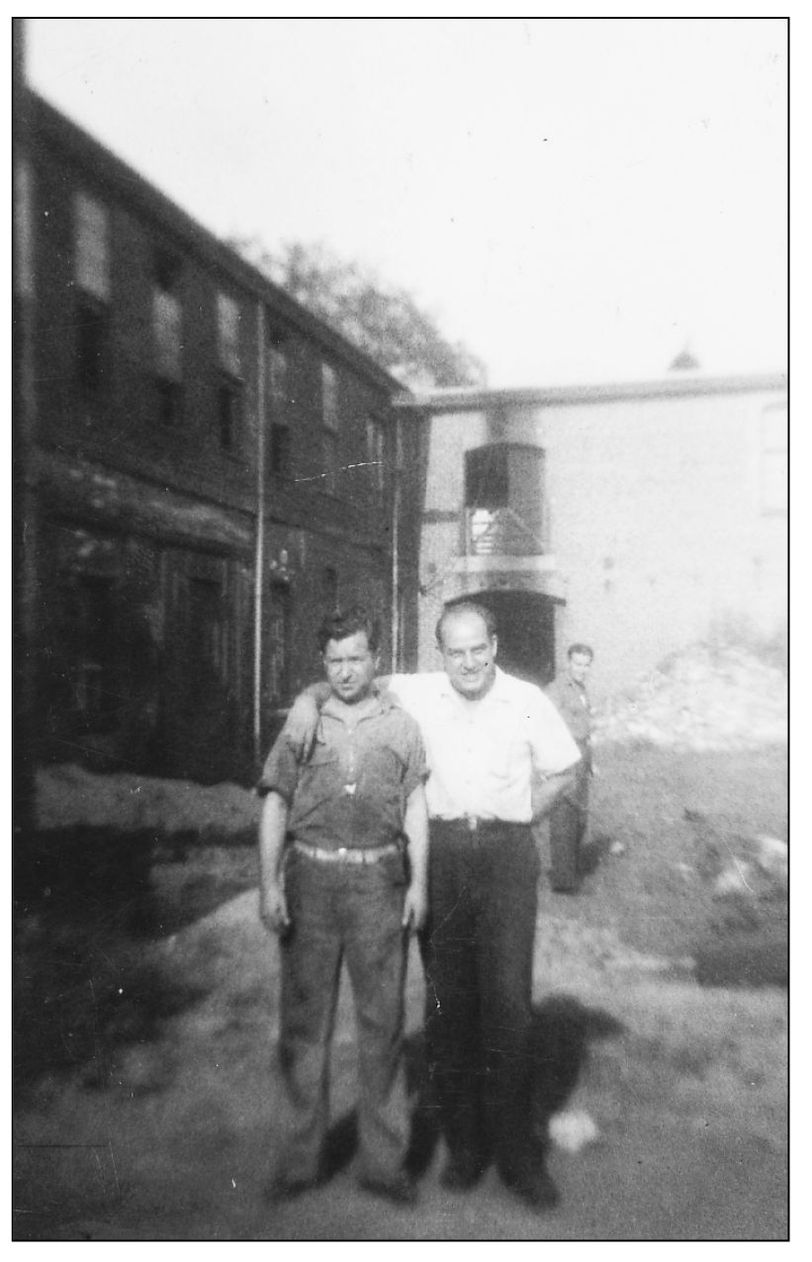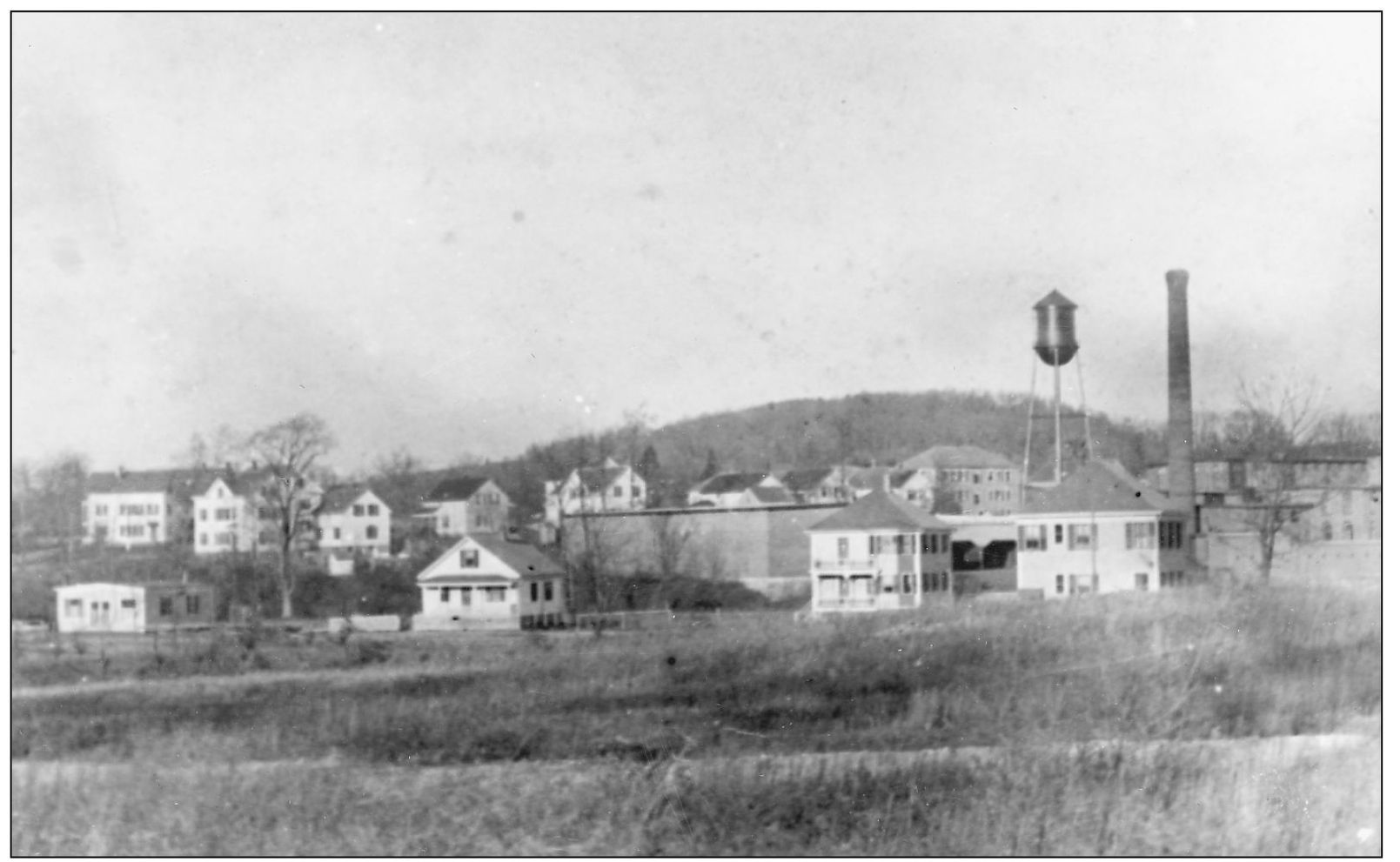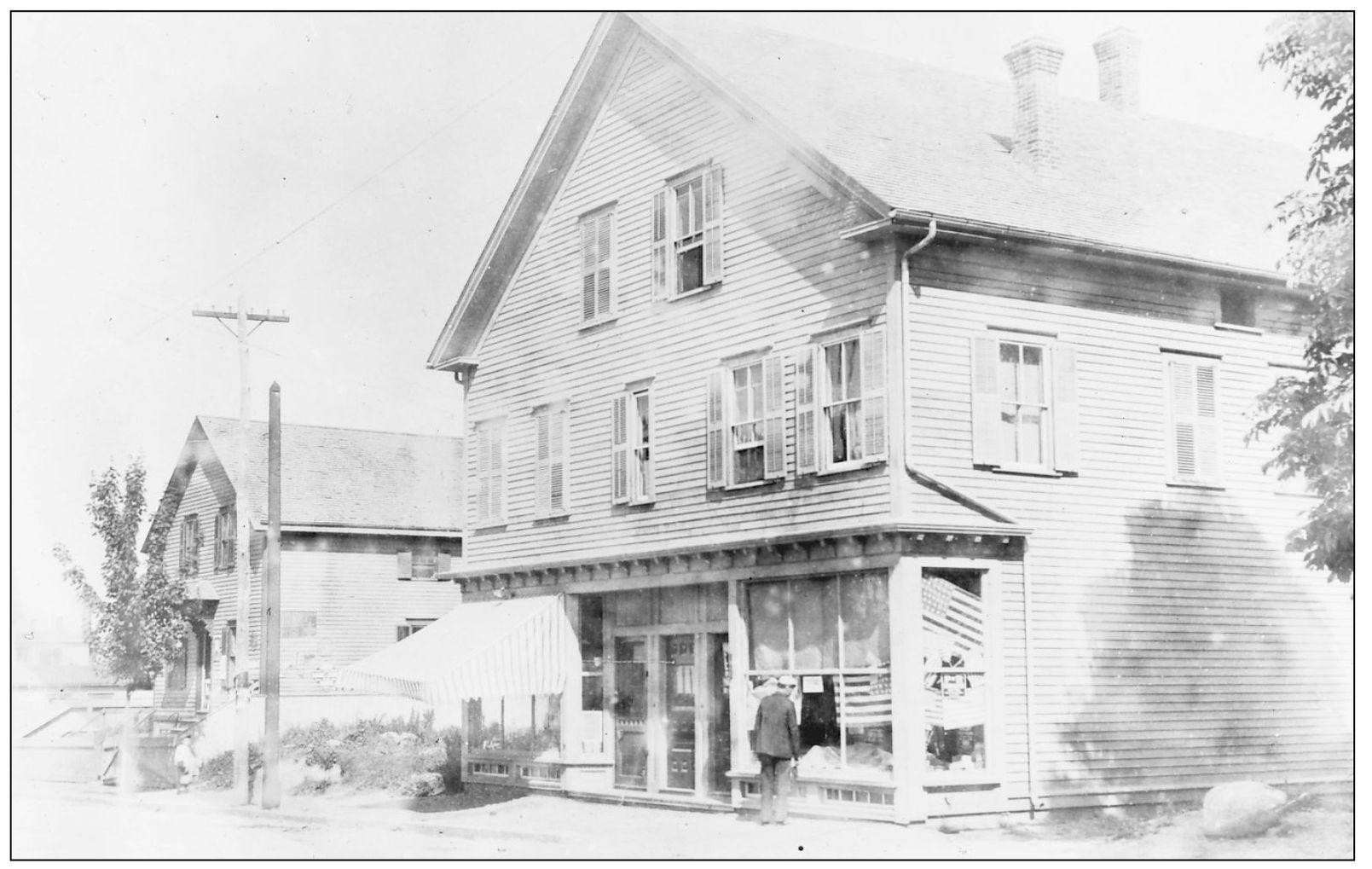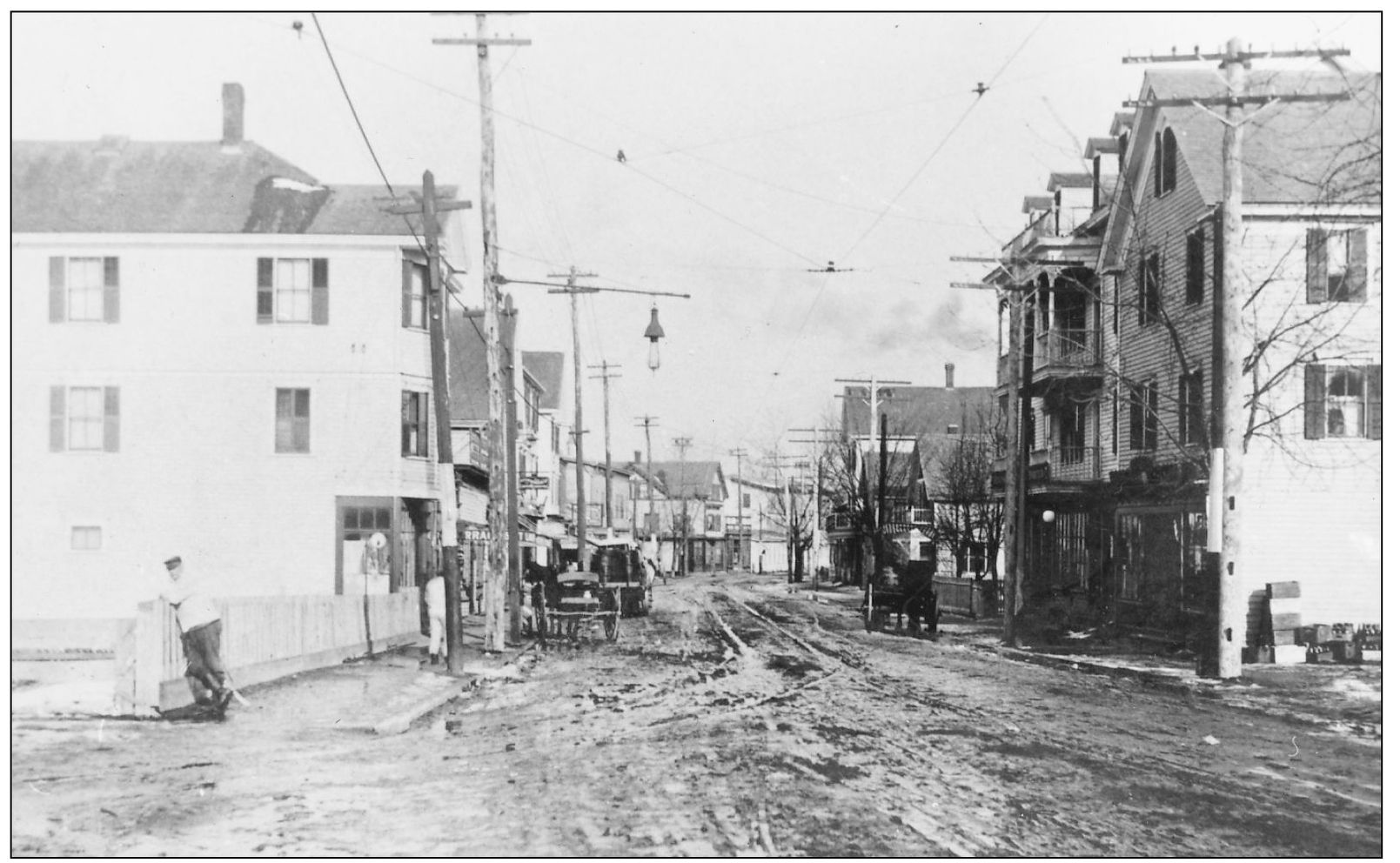Joe Fuoco - Rhode Islands Mill Villages: Simmonsville, Pocasset, Olneyville, and Thornton
Here you can read online Joe Fuoco - Rhode Islands Mill Villages: Simmonsville, Pocasset, Olneyville, and Thornton full text of the book (entire story) in english for free. Download pdf and epub, get meaning, cover and reviews about this ebook. year: 1997, publisher: Arcadia Publishing Inc., genre: Detective and thriller. Description of the work, (preface) as well as reviews are available. Best literature library LitArk.com created for fans of good reading and offers a wide selection of genres:
Romance novel
Science fiction
Adventure
Detective
Science
History
Home and family
Prose
Art
Politics
Computer
Non-fiction
Religion
Business
Children
Humor
Choose a favorite category and find really read worthwhile books. Enjoy immersion in the world of imagination, feel the emotions of the characters or learn something new for yourself, make an fascinating discovery.
- Book:Rhode Islands Mill Villages: Simmonsville, Pocasset, Olneyville, and Thornton
- Author:
- Publisher:Arcadia Publishing Inc.
- Genre:
- Year:1997
- Rating:4 / 5
- Favourites:Add to favourites
- Your mark:
Rhode Islands Mill Villages: Simmonsville, Pocasset, Olneyville, and Thornton: summary, description and annotation
We offer to read an annotation, description, summary or preface (depends on what the author of the book "Rhode Islands Mill Villages: Simmonsville, Pocasset, Olneyville, and Thornton" wrote himself). If you haven't found the necessary information about the book — write in the comments, we will try to find it.
In 200 rare historical photos, Rhode Islands Mill Villages fascinating history comes to life.
Some 200 rare and historic photographs are coupled with detailed and informative captions that immerse the reader in the daily lives and environments of these communities. In the years surrounding the Civil War, European immigrants and textile workers came to Rhode Island to work in the states mills. Soon, villages and neighborhoods formed around these mills, creating unique and closely knit communities in which the wealthy families who owned and operated the mills lived side by side with those who labored for them. The photographs presented here offer a glimpse at the development of these familial communities that are such an integral part in the history of both Rhode Island and the United States.
Joe Fuoco: author's other books
Who wrote Rhode Islands Mill Villages: Simmonsville, Pocasset, Olneyville, and Thornton? Find out the surname, the name of the author of the book and a list of all author's works by series.

